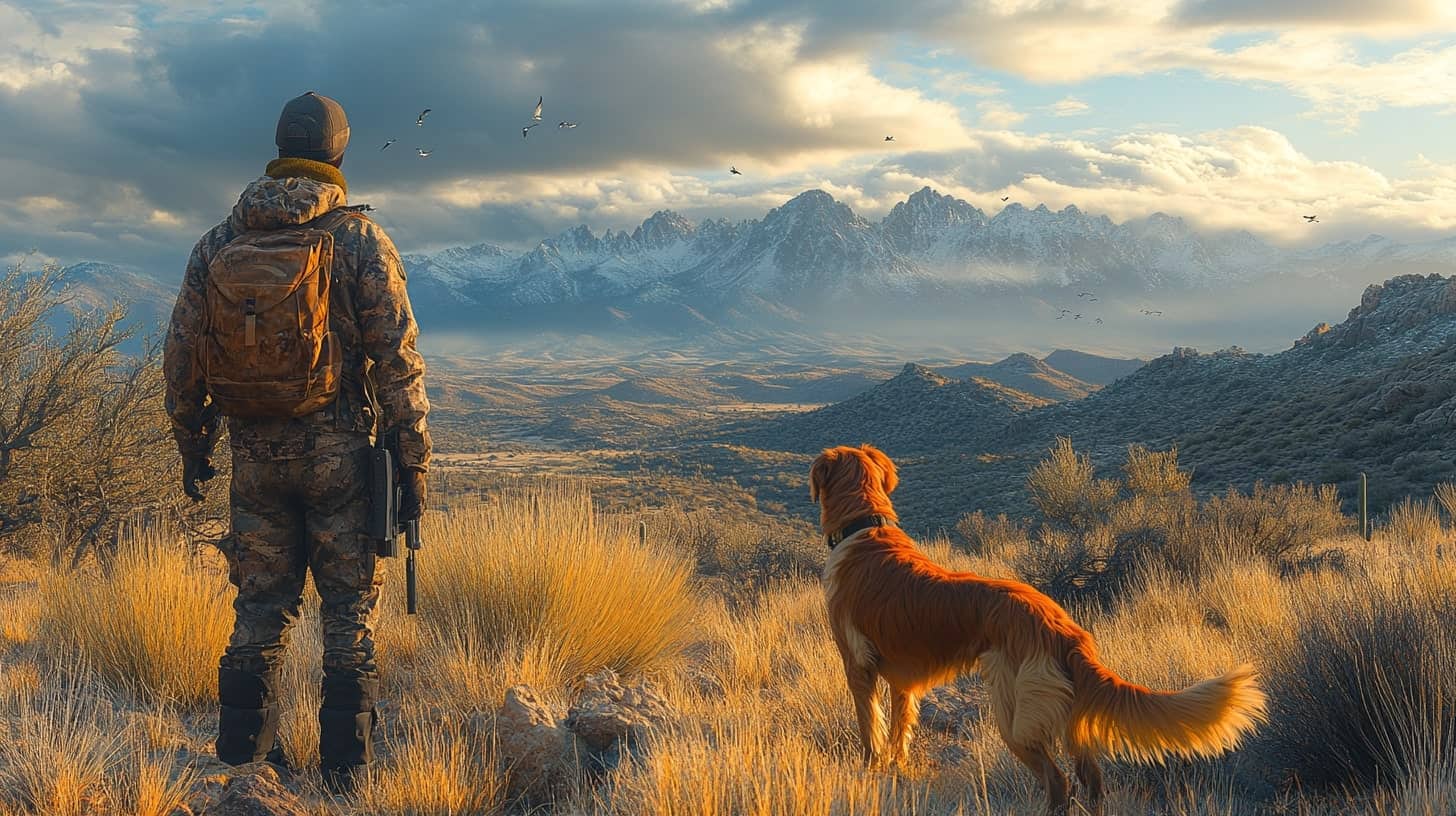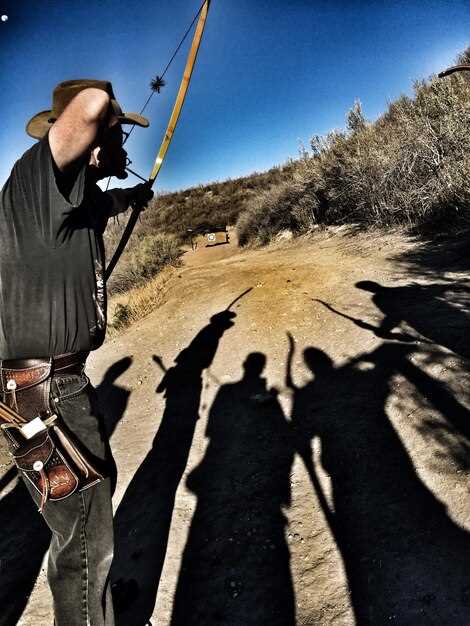When winter arrives, the desert landscapes of Arizona transform into a haven for bird hunters. The mild temperatures, diverse habitats, and abundance of game birds make it a prime destination for outdoor enthusiasts. From quail darting through brushy terrain to migratory waterfowl resting in wetlands, Arizona offers a unique and rewarding hunting experience. This article delves into the essentials of winter bird hunting in Arizona, covering the best practices, locations, and equipment needed for a successful outing.
Why Arizona Stands Out for Winter Bird Hunting
Arizona’s climate and geography provide an ideal setting for bird hunting during the winter months. Unlike the harsh winters of northern states, Arizona boasts mild weather, allowing hunters to enjoy extended outings without battling extreme cold. The state’s diverse ecosystems—from arid deserts to riparian areas and grasslands—support a wide variety of bird species.
Popular game birds in Arizona include Gambel’s quail, scaled quail, Mearns’ quail, mourning doves, and migratory ducks. Each species presents its own challenges and thrills, making every hunt a unique adventure.
Prime Bird Hunting Locations in Arizona
Arizona’s vast expanse offers numerous hotspots for winter bird hunting. Here are some of the most sought-after areas:
- Southeastern Arizona (Mearns’ Quail)
The oak-studded grasslands of southeastern Arizona are famous for Mearns’ quail. These birds are known for their striking plumage and elusive nature, often hiding in dense cover. Patagonia and the Santa Rita Mountains are prime locations for this species. - Central Arizona (Gambel’s Quail)
The low desert areas around Phoenix and Tucson provide excellent opportunities to hunt Gambel’s quail. Look for them near washes, cactus-studded plains, and mesquite thickets. - Colorado River Basin (Waterfowl)
For duck and goose hunting, the wetlands along the Colorado River offer exceptional opportunities. Yuma and Havasu National Wildlife Refuge are hotspots for waterfowl during their migration. - Northern Arizona (Scaled Quail)
Known as “blue quail,” scaled quail thrive in the open grasslands and juniper-dotted plateaus of northern Arizona. These birds are fast and challenging, offering a rewarding experience for skilled hunters.
Essential Gear for Winter Bird Hunting
Preparation is key to a successful hunting trip, and having the right gear can make all the difference. Here’s what you’ll need:
- Firearms and Ammunition: A lightweight shotgun, such as a 20-gauge or 12-gauge, is ideal for most game birds. Select appropriate loads based on the species you’re targeting.
- Hunting Boots: Durable, waterproof boots with excellent traction are crucial for traversing uneven terrain and wet areas.
- Clothing: Opt for lightweight, breathable layers to stay comfortable during Arizona’s mild winter days. Camouflage or earth-tone clothing will help you blend into the environment.
- Dog Equipment: If you’re hunting with a bird dog, bring necessary supplies like water, a first-aid kit, and a GPS collar for tracking.
- Binoculars and GPS Device: These tools are invaluable for scouting and navigating unfamiliar areas.
Tips for a Successful Winter Hunt
Understand Bird Behavior
Different bird species exhibit unique behaviors that hunters must understand to succeed. Quail, for example, tend to gather in coveys and prefer dense cover. Approach their habitats quietly to avoid startling them. Waterfowl, on the other hand, are more active during dawn and dusk, making those the best times for hunting.
Practice Shooting Skills
Hitting a fast-moving bird requires precision and practice. Spend time at a shooting range or skeet field to improve your aim and timing. Understanding lead distance and mastering follow-through are critical skills for bird hunting.
Scout Your Location
Before your hunt, spend time scouting your chosen area. Look for signs of bird activity, such as tracks, droppings, and disturbed vegetation. Identifying high-traffic areas increases your chances of success.
Use a Trained Bird Dog
A well-trained bird dog is invaluable for locating and retrieving game birds. Breeds such as pointers, retrievers, and spaniels excel in Arizona’s varied terrain.
Staying Safe and Responsible
Hunting is as much about safety and ethics as it is about skill. Always prioritize responsible hunting practices to ensure a positive experience for yourself and others:
- Know the Regulations: Familiarize yourself with Arizona’s hunting seasons, bag limits, and license requirements. A valid Arizona hunting license and stamps for specific species (e.g., migratory birds) are mandatory.
- Practice Firearm Safety: Always treat firearms as if they are loaded. Be aware of your surroundings and maintain proper muzzle control at all times.
- Respect Wildlife and Habitat: Avoid overharvesting and adhere to Leave No Trace principles to minimize your impact on the environment.
Why Winter Bird Hunting in Arizona Is Unique
Arizona’s winter bird hunting season offers more than just the thrill of the hunt. It’s an opportunity to connect with nature and experience the beauty of the desert landscape. The serenity of the early morning, the challenge of pursuing elusive birds, and the camaraderie among fellow hunters make every trip memorable.
Whether you’re chasing the darting movements of Gambel’s quail through the desert or watching the graceful flight of ducks over a quiet marsh, Arizona’s winter hunting season promises a rewarding adventure.
Conclusion
Winter bird hunting in Arizona is a one-of-a-kind experience that combines skill, strategy, and an appreciation for the natural world. By preparing adequately, understanding bird behavior, and hunting responsibly, you can make the most of this incredible opportunity. From the rolling grasslands of the southeast to the wetlands along the Colorado River, Arizona offers endless possibilities for bird hunters seeking excitement and connection with nature.
As you gear up for your next adventure, remember to prioritize safety, respect the land, and enjoy the journey. Happy hunting!



